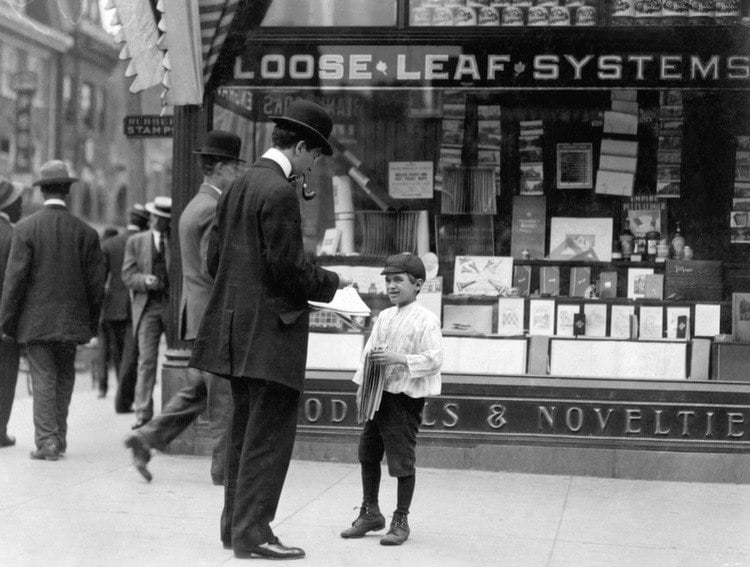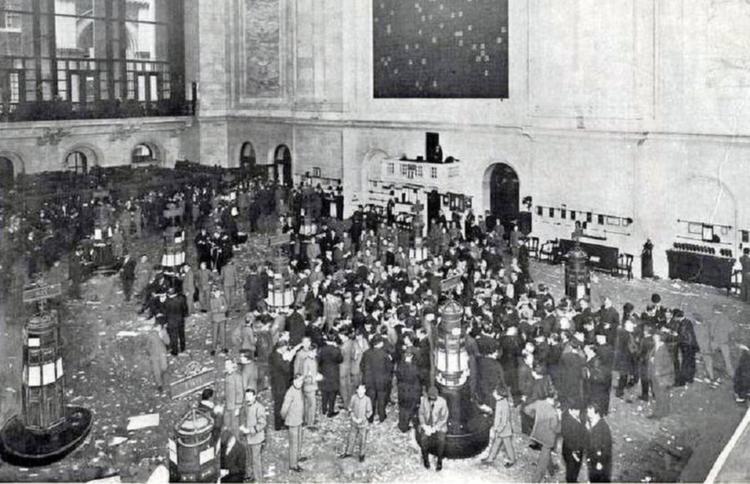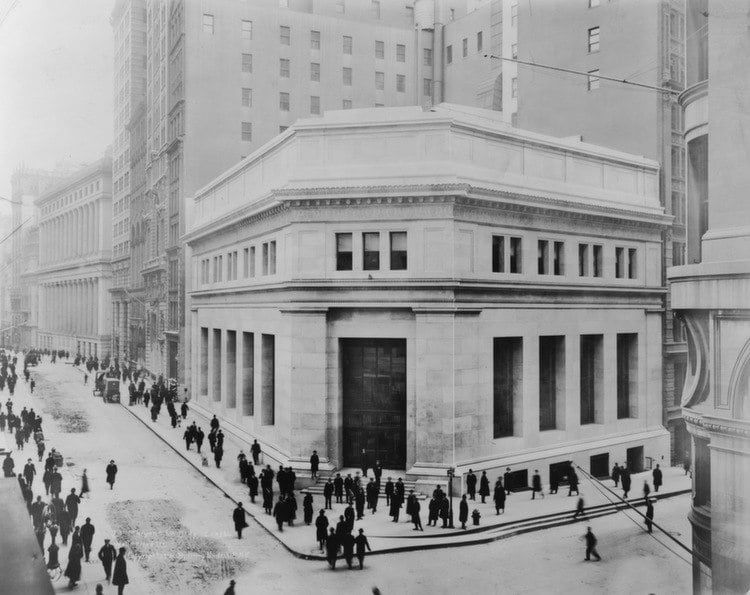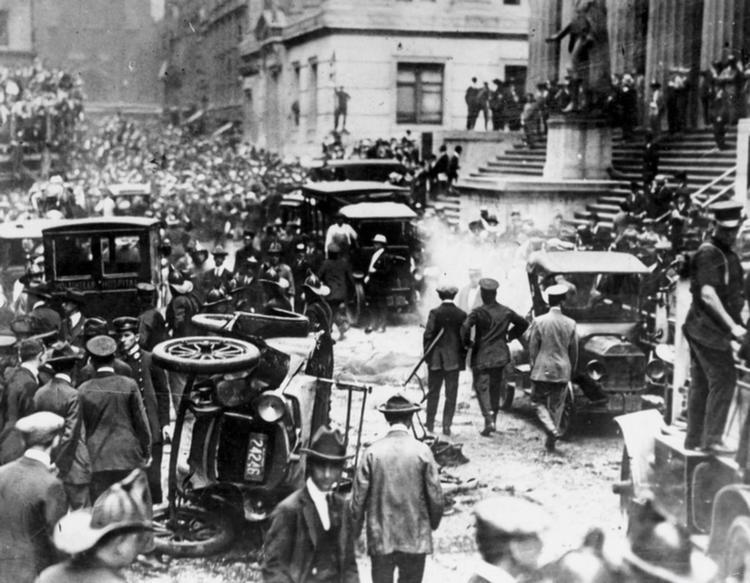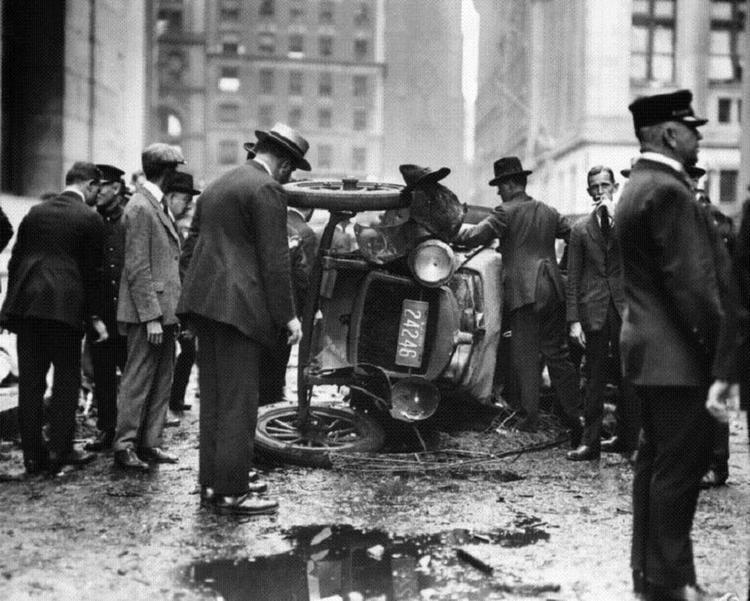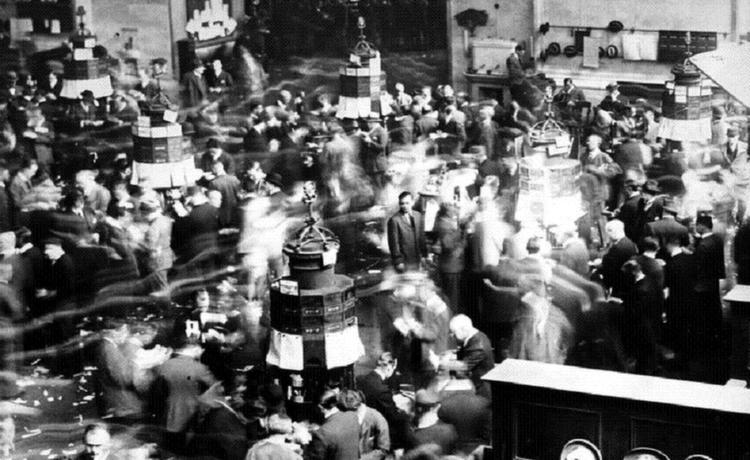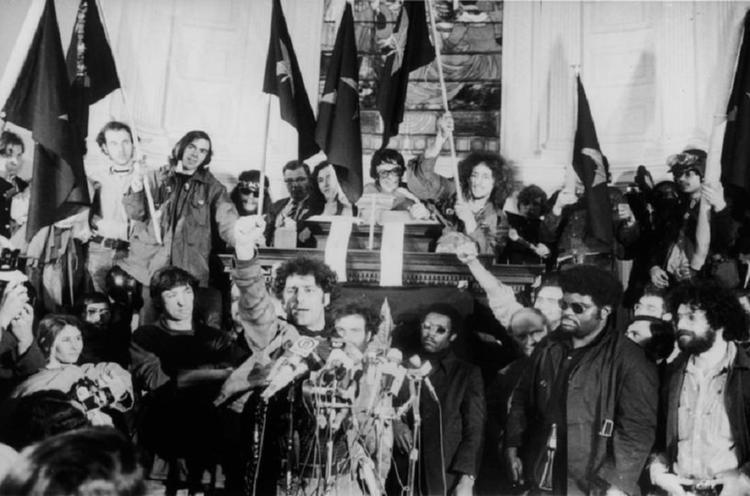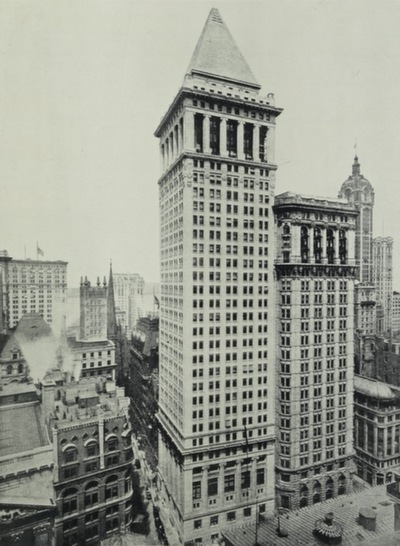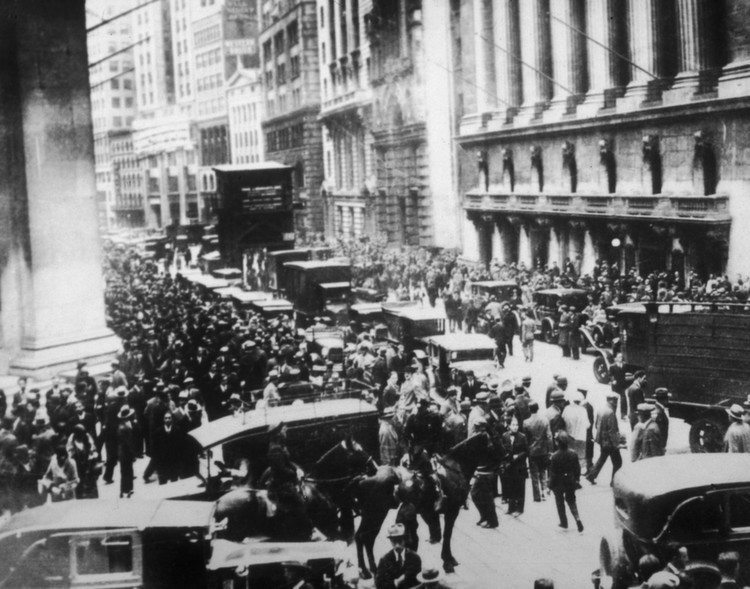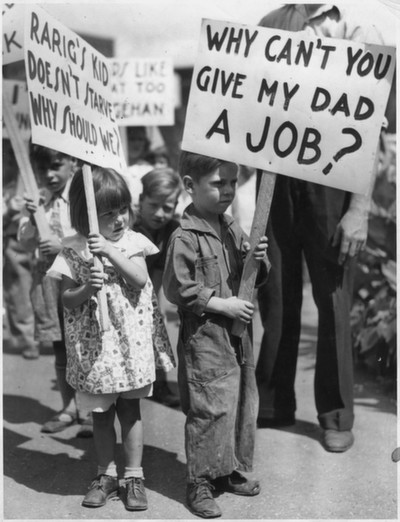One of the most revered and reviled streets in the world, Wall Street has shaped the course of modern history. Here's a look at its early days.
At first glance, this street could be just another 0.7-mile long stretch of road in the middle of a bustling city. But it’s so much more than that. Some consider it the heart of New York and, without a doubt, the city’s financial center (and some might say the world’s).
Wall Street and finance are inexorably linked, due in large part to the presence of the New York Stock Exchange on Wall Street, which is by far the biggest stock exchange in the world. Over time, the presence of the NYSE on this particular street ended up attracting other notable financial organizations until Wall Street became the financial juggernaut it is today.
At the end of the 19th century, the most important financial publication and the original stock report, the Customer’s Afternoon Letter, changed its name to the Wall Street Journal. This change would be vital in helping people associate Wall Street with stocks and finance.
Source: Blogspot
At the end of the 19th century, Charles Dow began tracking stocks and, soon enough, his average prices were seen as a trusted benchmark. He would go on to found the Dow Jones & Company financial firm, a staple on Wall Street for over a century.
Source: NJ
The New York Stock Exchange at the beginning of the 20th century. It might just be the most important financial building in the world.
Source: Wikimedia
The famed building on 23 Wall Street. It’s been the JP Morgan bank for most of its existence, but it’s known to most simply as The Corner. It still looks today very much like it did 100 years ago.
Source: Finance Bookshelf
On September 16, 1920, Wall Street saw the deadliest terrorist act in U.S. history up until that point. A wagon with a bomb exploded on the street, killing 38 people and injuring hundreds.
Source: New York Daily News
The damage caused by the bomb is still visible on the JP Morgan building today.
Source: Wikimedia
Nobody was ever charged with the bombing, although a group of Italian anarchists called Galleanists were thought responsible.
Source: Blogspot
The trading floor of the New York Stock Exchange before the appearance of computers and digital screens. This is the chaotic image most of us have when we think of stock exchanges.
Source: Compliance X
The hustle & bustle of the stock exchange trading floor was subdued somewhat once ticker tapes were replaced with computers and digital screens.
Source: Wall Street Journal
Wall Street has always been a popular spot for public gatherings. Source: Blogspot
Celebrities were sometimes brought in to endorse companies and boost sales. Here is a rally on Wall Street where Charlie Chaplin is standing on the shoulders of actor Douglas Fairbanks. Source: Tumblr
Notorious political activist Abbie Hoffman staged Wall Street protests in the 60s. Hoffman demonstrated his knowledge of political theater in the late 1960s by leading a group of protesters to Wall Street, where they threw dollar bills onto the trading floor. Predictably, the traders fought each other to pick up every last slice of currency. After this event, Hoffman would later go on to found the Yippies, or the Youth International Party.
Source: Al Jazeera
The 20th century saw the development of numerous skyscrapers dominating the New York skyline. The original Bankers Trust building on 14 Wall Street is one of the oldest. It was built in 1912 and designated a New York landmark in 1997.
Source: Wikimedia
The Irving Trust Company Building to the right. Built in 1929, this building is situated at the corner of Wall Street and Broadway, two of the most famous streets in the world. Its address is 1 Wall Street.
Source: Shorpy
Believe it or not, Wall Street is not all just financial buildings. The Trinity Church is one of its main attractions. Seen here in 1905, the church used to be an imposing building, but it has since been overshadowed by the skyscrapers built around it. Source: Photographium
The Wall Street Crash of 1929, also known as Black Tuesday, is the most famous (and most devastating) event in the history of the district. It sparked the 10-year long Great Depression. Source: Huffington Post
Contrary to popular belief, the crash made a lot of people miserable but it didn’t lead to a wave of suicides consisting of bankers throwing themselves out windows.
Source: Wordpress
Following the crash, the streets of Wall Street became virtually inaccessible to vehicles due to protests and riots
Source: Looseness Of Association
George Washington’s statue in front of Federal Hall, just across from the NYSE is one of the most recognizable landmarks of Wall Street. It commemorates the fact that this is where Washington was sworn in as President.
Source: Transmorgified
The look of the New York Stock Exchange has changed little over the last hundred years. Source: Wikipedia
Of course, this wasn't always the case. Wall Street has a long history with many significant events taking place, both good and bad. In the 17th century, the actual wall on Wall Street was used as fortifications against Native American tribes.
In the early 18th century, Wall Street was the home of the first official slave market in New York City. In that same century, Wall Street served as the background for the inauguration of George Washington, the first presidential inauguration in U.S. history. It wasn't really until the beginning of the 20th century that Wall Street started thriving as a financial center.
